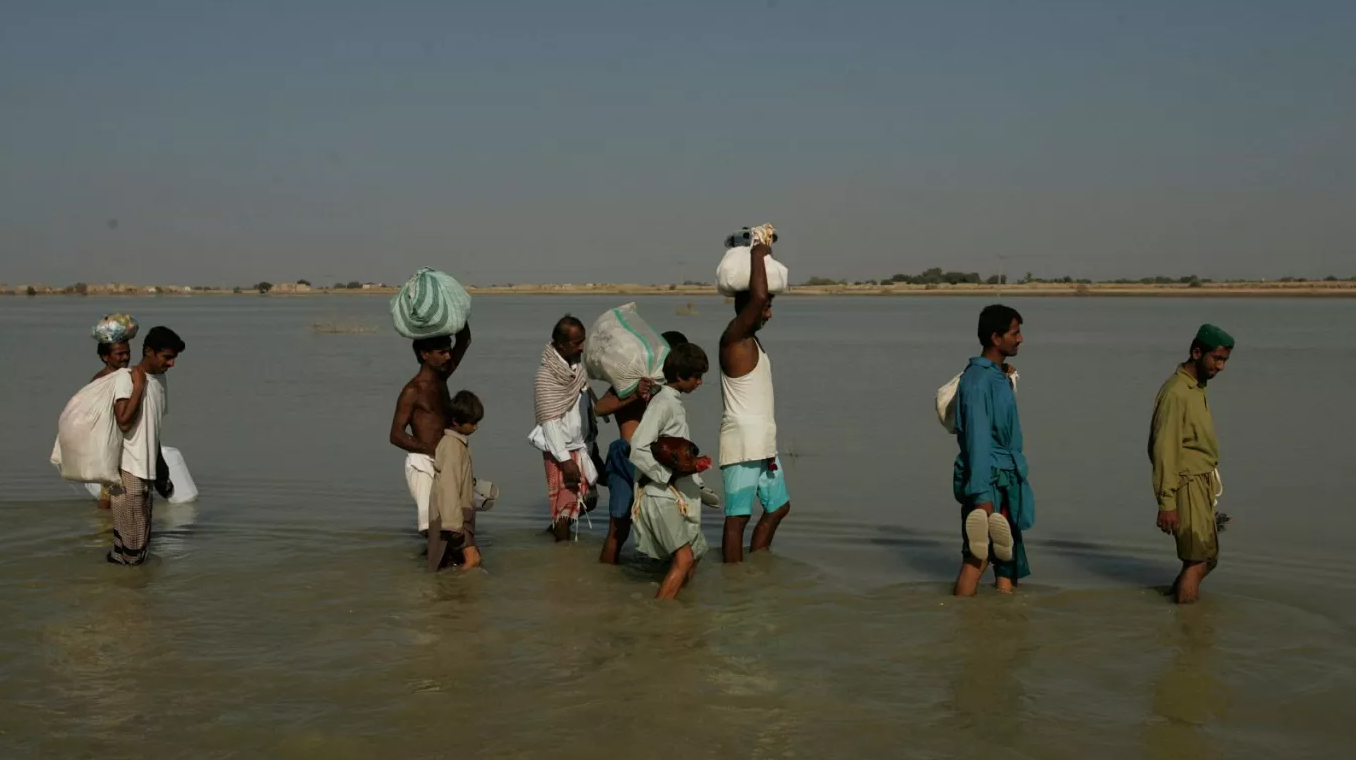
The phenomenon—known as quasi-resonant amplification (QRA)—occurs when large-scale planetary waves in the atmosphere become amplified and stalled, causing extreme weather to persist for weeks. Researchers say this pattern is now occurring about three times each summer, up from an average of once a summer in the 1950s.
"You can see these planetary waves by looking at the waviness of the jet stream on a weather map," said co-author Dr. Michael Mann, a climate scientist at the University of Pennsylvania. "They're not new—but climate change is making them more frequent and more damaging."
What Are Planetary Waves?
Planetary waves, also called Rossby waves, are vast atmospheric flows that meander around the globe. Under normal conditions, these waves move weather systems from west to east. But under certain conditions—especially during summer—they can become exaggerated and stall, trapping heat or rainfall over specific regions for days or even weeks.
This amplification was responsible for several devastating events in recent history, including:
-
The 2021 Pacific Northwest heatwave, which killed hundreds,
-
The 2010 Russian heatwave and Pakistan floods,
-
And the 2003 European heatwave, which led to more than 70,000 deaths.
"These events happen when a high-pressure system gets locked in place, such as over the western US, while low pressure brings heavy rainfall to the East—exactly what happened in the summer of 2018," Mann said.
Climate Change Is Weakening the Jet Stream
According to the study, published in the Proceedings of the National Academy of Sciences (PNAS), the Arctic is warming three to four times faster than the rest of the planet—a phenomenon known as Arctic amplification. This shrinking temperature gap between the poles and the tropics is weakening the jet stream and making these planetary waves more likely to become stuck.
"This is another way that fossil fuel-driven climate change is coming back to bite us," said Dr. Jennifer Francis of the Woodwell Climate Research Center, who was not involved in the study. "It's not just about rising average temperatures—it's about disrupting the very systems that govern our weather."
Francis added that the wave resonance effect piles on top of global warming and evaporation, creating longer, hotter, and more widespread heatwaves and droughts.
Link to El Niño Raises Concerns for Summer 2025
The researchers also noted that the likelihood of QRA events increases in the summer following an El Niño—a natural Pacific Ocean phenomenon that shifts global weather patterns. Because last year featured an El Niño, scientists say the current summer is more vulnerable to these stuck atmospheric waves.
Computer models have long predicted more extreme weather as the planet warms, but real-world events have outpaced projections. Mann says that's because many models fail to account for this QRA mechanism.
"The models are missing a key piece of the puzzle," he explained. "And that means we're underestimating just how bad things can get."
The Consequences: Locked-in Extremes
When atmospheric waves stall, the consequences can be dire:
-
Heatwaves linger, intensifying over time and straining health systems.
-
Droughts deepen, devastating crops and water supplies.
-
Floods become more severe, as rain repeatedly drenches the same regions.
"Unless we drastically cut greenhouse gas emissions, summer extremes will only worsen," Francis warned. "Heatwaves will grow hotter and longer. Droughts will destroy more agriculture. These impacts will hit the most vulnerable hardest."
For scientists like Mann and Francis, the message is clear: the climate system is changing in ways that models haven't fully captured—but the evidence is already playing out in real time. And without swift action, what was once considered extreme may soon become the new normal.